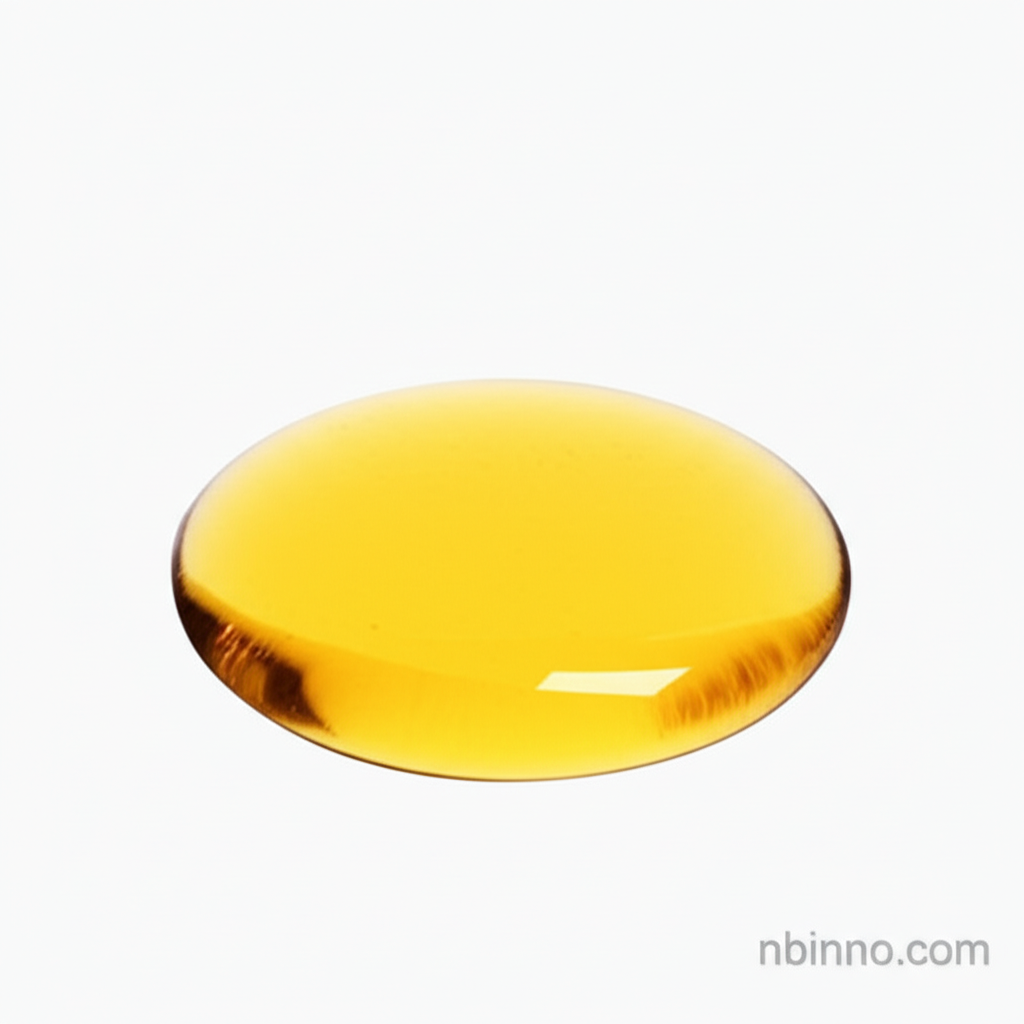Sebacoyl Chloride 111-19-3: Properties, Applications, and Synthesis of Polyamides
Discover the essential role of Sebacoyl Chloride in advanced organic synthesis and polymer production.
Get a Quote & SampleProduct Core Value

Sebacoyl Chloride
Sebacoyl chloride (CAS 111-19-3) is a highly reactive dichloro compound that serves as a vital intermediate in various chemical processes. Its primary function is in organic synthesis, particularly for the creation of high-performance polymers like Nylon 6,10 through interfacial polycondensation.
- This chemical intermediate is crucial for sebacoyl chloride nylon synthesis, forming the backbone of strong, durable materials.
- Leveraging sebacoyl chloride organic synthesis, manufacturers create specialized compounds for pharmaceutical and agrochemical industries.
- Understanding sebacoyl chloride chemical properties, such as its reactivity and molecular formula (C10H16Cl2O2), is key to its effective use.
- The CAS 111-19-3 designation ensures precise identification for global trade and research in sebacoyl chloride industrial applications.
Advantages Provided by the Product
Enhanced Polymer Performance
Utilizing sebacoyl chloride for polyamide production leads to materials with superior mechanical strength and thermal stability, making it ideal for demanding applications.
Versatile Chemical Reactivity
As a reactive acyl chloride, sebacoyl chloride enables a wide range of chemical transformations, supporting diverse needs in pharmaceutical and agrochemical development.
Facilitates Efficient Synthesis
The compound's role in polymerization reactions, particularly step-growth processes, allows for controlled and efficient creation of long polymer chains, crucial for sebacoyl chloride polymerization.
Key Applications
Polymer Production
A primary use involves sebacoyl chloride in the synthesis of polyamides, notably Nylon 6,10, contributing to the production of durable fibers and plastics.
Organic Synthesis
Its reactive nature makes sebacoyl chloride an essential chemical intermediate for creating complex organic molecules, supporting sebacoyl chloride organic synthesis advancements.
Pharmaceuticals
It serves as a building block in the synthesis of various pharmaceutical compounds, leveraging its structure for drug development.
Agrochemicals
The compound finds application in the creation of active ingredients for agrochemical products, contributing to crop protection and management.
